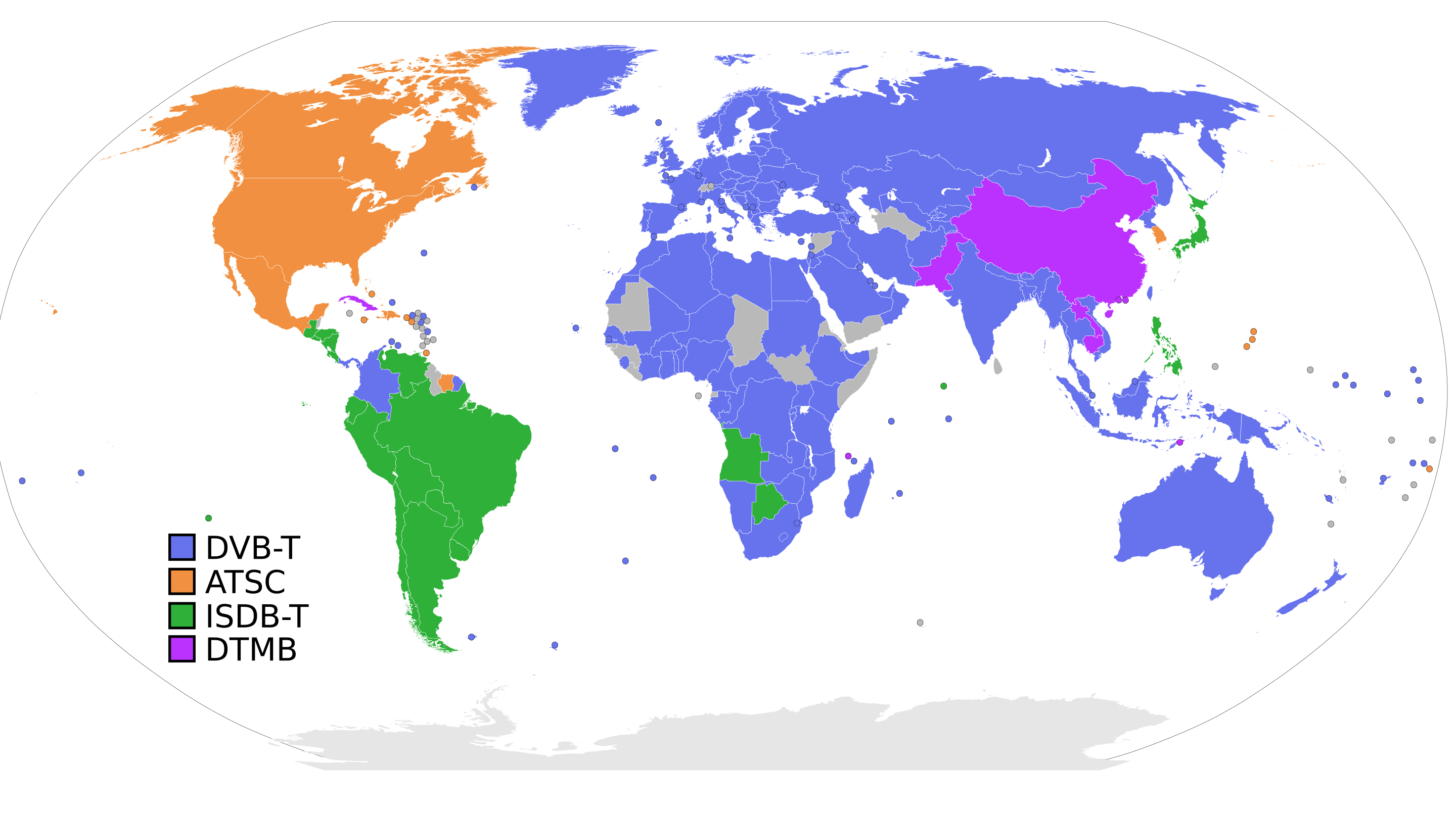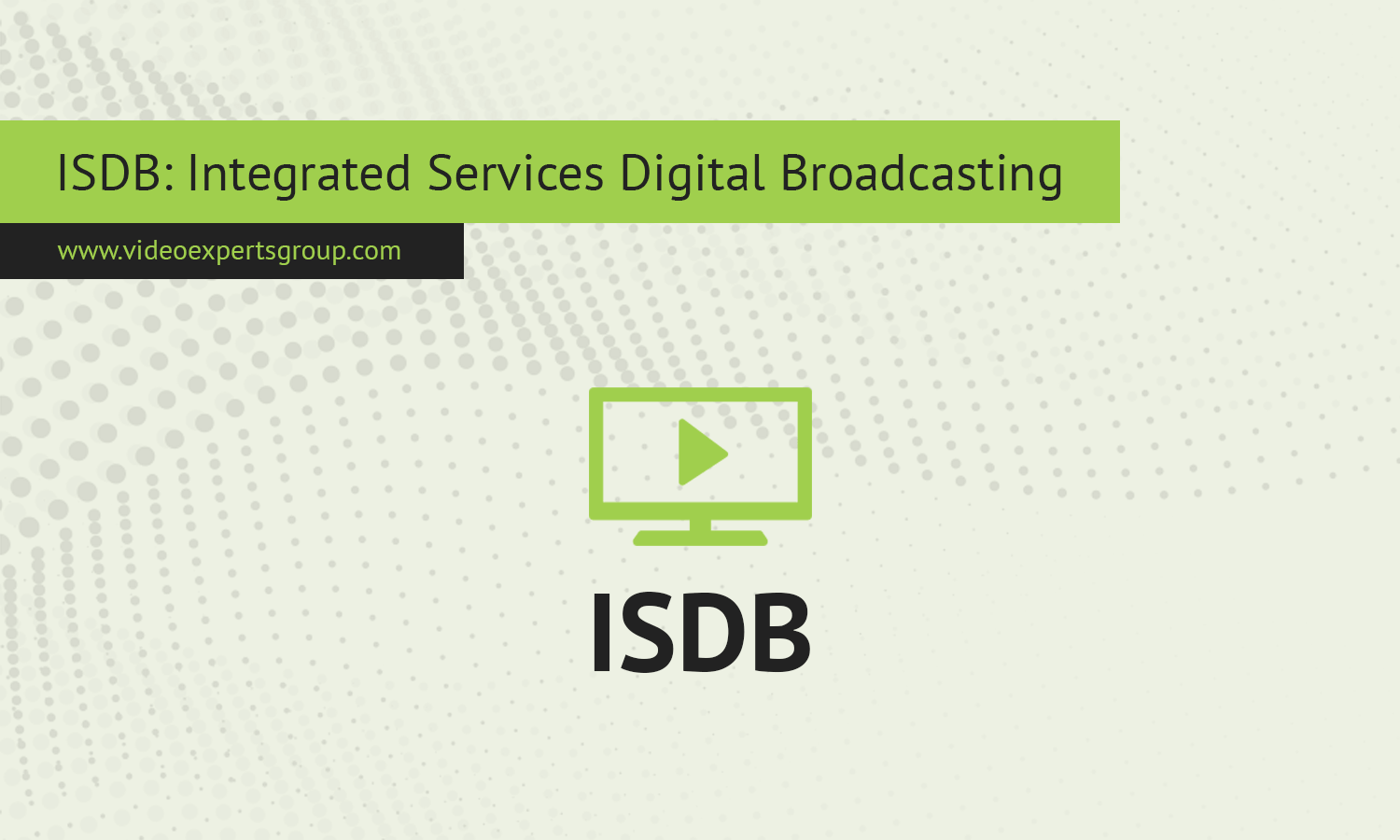Integrated Services Digital Broadcasting (ISDB) is a set of international standards designed for digital broadcasting of television and radio services. Developed in Japan, ISDB enables the transmission of digital video, audio, and data services across various platforms, including terrestrial, satellite, and cable. It was introduced to provide higher-quality transmissions, greater efficiency, and enhanced interactivity compared to analog broadcasting. With ISDB, broadcasters can offer high-definition (HD) TV, mobile TV, and even data broadcasting services. The system is adaptable and has been implemented in several countries across the globe.
Definition
ISDB, or Integrated Services Digital Broadcasting, is a comprehensive framework of digital broadcasting standards developed to deliver video, audio, and data streams. It was developed by Japan's Ministry of Internal Affairs and Communications and is known for its flexibility and compatibility with various types of broadcasting, including terrestrial (ISDB-T), satellite (ISDB-S), and cable (ISDB-C). ISDB employs advanced technologies such as MPEG-2 or MPEG-4 for video compression and COFDM (Coded Orthogonal Frequency-Division Multiplexing) for robust signal transmission, even in environments prone to interference.
Unlike other digital broadcasting systems like DVB (Digital Video Broadcasting) or ATSC (Advanced Television Systems Committee), ISDB supports multimedia broadcasting, such as mobile television, interactive services, and emergency alert systems. One of ISDB’s key innovations is 1seg, a segment within the broadcast spectrum specifically designed for mobile devices, allowing users to watch TV on phones and other handheld gadgets.
Countries using ISDB-T

While ISDB was initially developed in Japan, the ISDB-T (terrestrial) version of the standard has spread to other regions. The countries and regions currently using ISDB-T include:
- Japan: The birthplace of ISDB, where it was implemented to replace analog broadcasting and offer services like HD TV and 1seg mobile TV.
- Brazil: Brazil adopted ISDB-T, making some modifications to the original Japanese system, creating ISDB-Tb (Brazilian ISDB-T). It became a model for other South American countries.
- Argentina: Like Brazil, Argentina has adopted ISDB-Tb, making it the standard for digital television in the country.
- Peru: Another South American country that uses ISDB-T, following Brazil’s lead.
- Chile: Implemented ISDB-T in 2009 for its digital television services.
- Philippines: Adopted ISDB-T as the national digital broadcasting standard for improved mobile and emergency alert services.
- Ecuador, Venezuela, Bolivia, Paraguay, Uruguay: These South American countries have also embraced ISDB-T for their digital broadcasting infrastructure.
ISDB Standards
ISDB is a family of standards, each designed for a specific type of broadcasting. The major standards under ISDB include:
-
ISDB-T (Terrestrial): This standard is used for over-the-air digital television broadcasting. It is known for its support of HD television, as well as 1seg, a feature that allows mobile devices to receive broadcasts. ISDB-T uses COFDM, making it highly resistant to signal interference, making it ideal for areas with high urban density or complex terrain.
-
ISDB-S (Satellite): This standard is designed for satellite broadcasting and is used for delivering both TV and radio services via satellite to fixed or mobile receivers. ISDB-S supports high-definition and standard-definition broadcasting, as well as multimedia content.
-
ISDB-C (Cable): ISDB-C is the standard for digital cable television services. It allows for high-quality transmission of digital TV over cable networks, commonly used in Japan. It uses Quadrature Amplitude Modulation (QAM) to ensure stable transmissions over wired networks.
-
1seg: A sub-standard of ISDB-T, designed for mobile devices. It allows mobile phones, tablets, and portable devices to receive digital broadcasts. The "1seg" name refers to one of the 13 segments of bandwidth used in ISDB-T broadcasts being allocated for mobile devices.
-
ISDB-Tmm (Terrestrial mobile multimedia): A variant of ISDB designed for mobile multimedia broadcasting. It’s primarily used in Japan and targets mobile users with services like live TV on smartphones and emergency alerts.
ISDB Example
A prime example of ISDB implementation is in Japan, where the system is fully operational and highly integrated into daily life. In Japan, the ISDB-T standard is used for over-the-air digital television broadcasting. All major TV broadcasters use ISDB-T to provide high-definition programming to homes and mobile devices.
Japanese viewers can enjoy:
- HD and SD TV channels.
- 1seg broadcasts that deliver TV to mobile devices like smartphones, providing real-time news, weather updates, and entertainment.
- Interactive services, such as access to on-demand content or real-time voting during live TV shows.
- Emergency alert systems that send real-time warnings about natural disasters, like earthquakes or tsunamis, directly through the broadcast system.
For mobile viewers, 1seg allows seamless transition from watching TV at home to viewing it on the go, making it a critical service for Japan's tech-savvy population.
FAQ
















